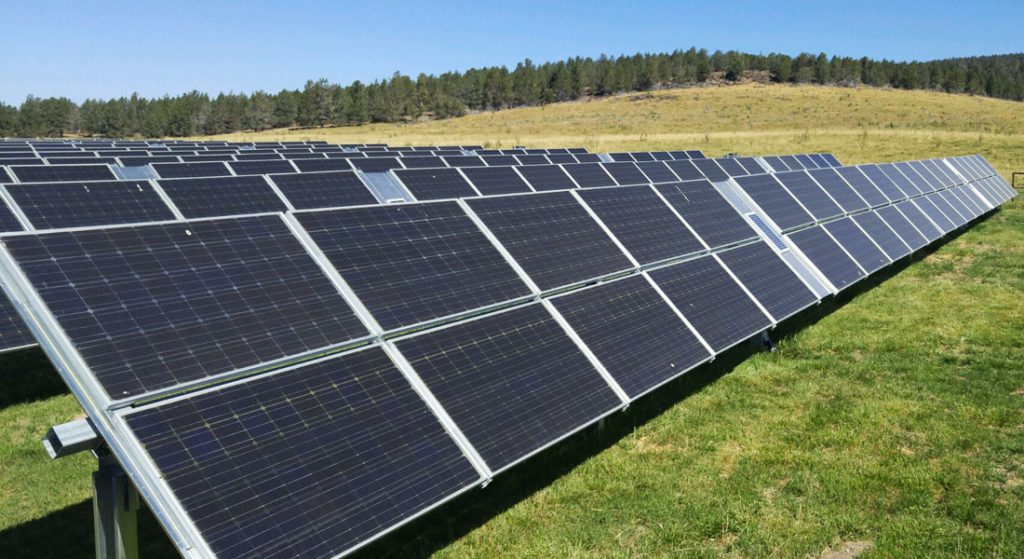Harnessing energy from a photovoltaic (PV) system will allow you to power your home using partially or entirely, solar energy. You will be able to decrease your electrical bill, have backup power, reduce greenhouse gas emissions and be part of a clean energy future.
A PV system requires you to choose the types and sizes of panels used in direct relation to the energy power consumption of your household. Besides that, there is an important factor to consider when installing a PV system which is the mounting system. You may install your panels on a roof mount or a ground mount.
Roof Mount
Roof mount is a simple and classic method to mount the whole solar system. It is the most common because of the advantages, simplicity, and suitability for most homes. In this type of mounting, solar racking is used to hold the panels directly on the roof, allowing them to use the roof space that is usually available.
Advantages
When installing a PV system for solar generation, using a roof mount will allow the user to enjoy many advantages.
- Roof mount cost is lower than other mounting methods.
- It is a safer mount against intruders.
- Integrates easily with the design of your home.
- Protects the roof of your household.
- Maximizes the space used in your property.
- The wind at the roof provides a cooling system for the panels

Ground Mount
Mounting your solar system on the ground consists of installing the solar panels in some of the different racking available for it. You may use a standard ground mount or a pole-mounted system. Some of the limitations of this type of mounting are the soil type and the space of your property.
Types of ground mount
The standard ground mount is a simple metal racking system installed in a size and shape personalized for your PV configuration. The array is fixed in a position but in some cases allows manual adjustment throughout the year.
Pole mounted solar systems can fix one or several panels on a single pole. This configuration can be integrated with a sun tracking system to maximize energy generation with a single-axis or dual-axis configuration.
Limitations
The type of soil can limit ground mounting configuration, because it needs that the soil has a strong foundation, providing the system with a strong grip to the ground, minimizing the risk of falling due to weight. Free ground space is important because it limits the number of panels that can be installed in your PV system.

Roof Mount vs Ground Mount: What’s better?
Deciding between roof mount and ground mount depends on many factors involving your home and the benefits you want to enjoy from your PV system. Most PV systems installed today are roof-mounted, but in some cases, you could use a ground mount to expand the sizing of your PV system, allowing for a bigger generation in case you have a bigger energy usage.
References
- Advantages and disadvantages of photovoltaics – EnergyBC
- Ground-mounted solar for your home – EnergySage

